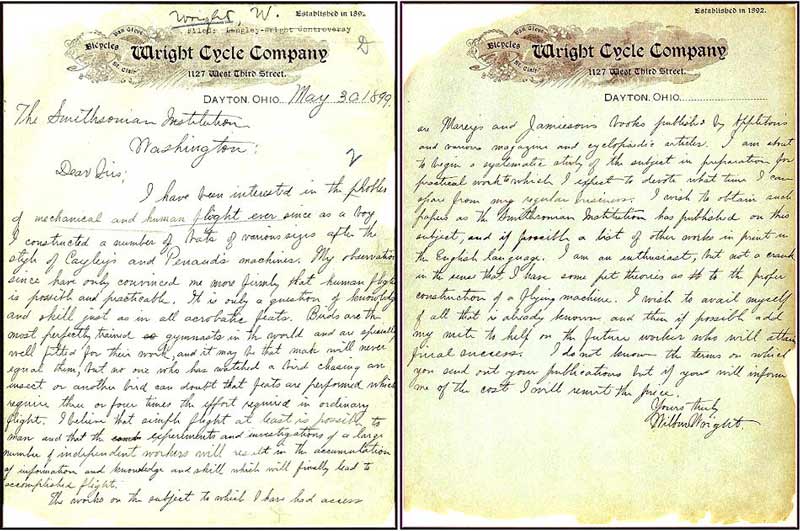
While I was on my waterskiing vacation at White Birch Lodge in Elk Rapids, Michigan, Christopher asked me to write an article about books that were significant signposts along the road of my coaching education, sources of information that helped me become the coach I am today. It sounded easy enough. I believe reading books is part of our journey.
I have shelves full of books from which I could grab a handful of titles and write why they were important.
You are today who you’ll be in five years except for the people you meet and the books you read. Share on XBut during the drive from northern Michigan to Chicago, I heard Judd Apatow’s interview on Gilbert Gottfried’s podcast. He talked about the importance of the timing of events. To be more specific, certain ideas will be more relevant depending on your frame of mind. This is so much more relevant than a simple list. A simple list is worthless without a personal context for each book.
So, what follows are major chronological mile markers from the last 24 years of my career. They are important to me because they caused a change in my direction as a coach, usually in conjunction with a person or idea I had been working with. After all, as motivational speaker Charlie “Tremendous” Jones points out, “You are today who you’ll be in five years except for the people you meet and the books you read.”

A Beginner’s Mind, A Zen Mind — Shunryu Suzuki and Trudy Dixon
My first professional mentor, Dr. Phil Claussen, recommended this book. He had been the strength coach for the Cubs and White Sox before it was even an official position. Now he serves as strength coach for the Bahamas Olympic teams. He said this book would open my mind to new ideas. I was raised in the Nebraska/NSCA world of training and defended it with vigor. This book taught me to read and learn with a “kindergartner’s mind”: Learn without any personal baggage. Without this concept, I never would have ventured into trying new things or have had the honesty to say that something didn’t work and move on.

Westside Barbell Blue Book — Louie Simmons
Dr. Claussen also encouraged me to mine Powerlifting USA magazine for people with different ideas. Remember, this was the pre-internet era. Coaches ran ads in the classifieds at the back of the magazine to sell their ideas. Louie Simmons ran an ad to come out to Westside Barbell in Columbus, Ohio. So to learn more, I went there for three days. It was a great experience as I was surrounded by some of the most open, friendly, and giving people. Dave Tate was especially very helpful and friendly. At the end of the experience, Louie gave me a shirt and a blue book with all of his articles from Powerlifting USA. I must have read it 20 times since then. He is a guy who exemplified a kindergartener’s mind. What especially stuck out was his creation and evolution of a system. Louie studied hard, learned from people outside his field, implemented and tested new ideas, and created an evolving system. This was the framework I needed to build my own system.

Napoleon’s Maxims of War — Napoleon
I have always been interested in Napoleonic history and have read extensively on the subject during my college days and ever since then. In my reading, I realized the profound change Napoleon created in the way he waged war. He understood that cost was not a factor in winning. A quote like, “If you ask how much it costs to fight a war, you will lose,” or his comment to Prince Metternich of Austria, “You cannot stop me, I spend 30,000 lives a month,” made me realize that he won because he sacrificed more than anyone else. Total commitment to a cause. In his case, to change the world. In mine, to see if I can get someone to run faster.

The Sports Book — DB Hammer, and correspondence
My journey arrived at a point where I realized there was much more to running faster than just squatting more. There was a huge neural component. My counterpart in Rochester, NY, Dan Fichter agreed. As we scoured message boards for information, Dan stumbled onto DB Hammer. We saw that he had written a book and we bought it. It was what we were looking for, tying neural components into training. So we decided to reach out to this individual when he offered to build programs. Hundreds of pages of email exchanges between the three of us looked at different aspects of training, building programs, exercises, theory, and philosophy. These emails remain as an incredible source of information. I missed some of the stuff back then because I wasn’t ready for the knowledge. I always go back and find fresh info and ideas now that my knowledge and experience have progressed.

The Talent Code — Daniel Coyle
This is a good book that shows many important aspects of creating environments and building champions. Sorry, no back story here. I just stumbled onto it when I was looking for a book on tape during a long drive.

Running — Frans Bosch
After I bought the book and accompanying DVD, I didn’t think much of the information so I put them away for a year. This was also a time when Dr. Shawn Allen of the Gait Guys and I were working hard on unraveling some of the secrets of sprinting. We met every Thursday to study film and play with different ideas we had. After a year of this intensive study with a brilliant mind, I saw the Bosch DVD on the shelf and looked at it again. I was floored. I grabbed the book and destroyed it with notes, questions, and ideas. I decided to reach out to Frans and offered to pay for his time by asking questions about breaking down film and dealing with the various mechanical issues runners face. He obliged and another email trove resulted. Running is the best book on the market for running.

Triphasic Training — Cal Dietz
I stumbled onto this one too. I try to buy everything new and see if I can get one idea out of it. This book is a treasure trove. It synthesizes the best research from all over the world and applies it so the everyday coach/athlete can train easily. This is the best book on the market on training athletes in the weight room. It currently forms the basis of all of my lifting.

The Wright Brothers — David McCullough
Orville and Wilbur are my inspiration. Working from their garage, they accomplished what was thought to be impossible. It started with a letter to the Smithsonian and ended at Kitty Hawk.

Please share this article so others may benefits.
[mashshare]


And did we ever figure out who it was behind the DB Hamner pen name?